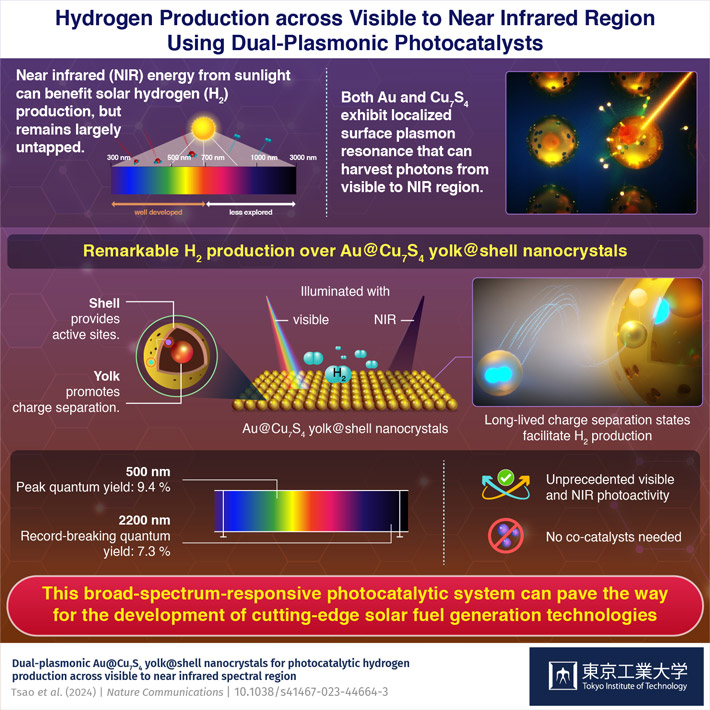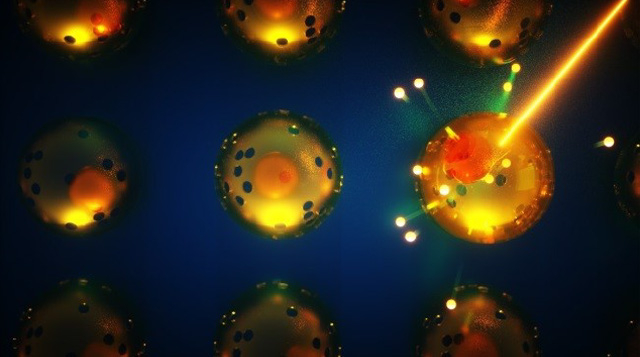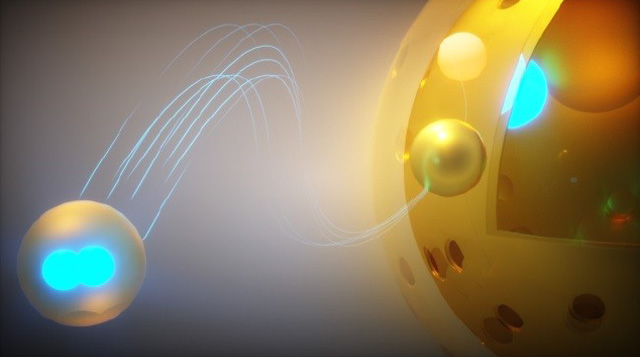Authors : |
Chun-Wen Tsao1, Sudhakar Narra2, Jui-Cheng Kao1, Yu-Chang Lin3,
Chun-Yi Chen4, Yu-Cheng Chin5, Ze-Jiung Huang5, Wei-Hong Huang6,
Chih-Chia Huang5, Chih-Wei Luo3,6,7, Jyh-Pin Chou8, Shigenobu Ogata9,
Masato Sone4, Michael H. Huang10, Tso-Fu Mark Chang4,* ,
Yu-Chieh Lo1,* , Yan-Gu Lin3,* , Eric Wei-Guang Diau2,11,*, and Yung-Jung Hsu1,11,12,*
|
Affiliations : |
1Department of Materials Science and Engineering, National Yang Ming Chiao Tung University, Taiwan
2Department of Applied Chemistry and Institute of Molecular Science, National Yang Ming Chiao Tung University, Taiwan
3National Synchrotron Radiation Research Center, Hsinchu, Taiwan
4Institute of Innovative Research, Tokyo Institute of Technology, Japan
5Department of Photonics, National Cheng Kung University, Taiwan
6Department of Electrophysics, National Yang Ming Chiao Tung University, Taiwan
7Institute of Physics, National Yang Ming Chiao Tung University, Taiwan
8Department of Physics, National Changhua University of Education, Taiwan
9Department of Mechanical Science and Bioengineering, Osaka University, Japan
10Department of Chemistry, National Tsing Hua University, Taiwan
11Center for Emergent Functional Matter Science, National Yang Ming Chiao Tung University, Taiwan
12International Research Frontiers Initiative, Institute of Innovative Research, Tokyo Institute of Technology, Japan
|
. Any information published on this site will be valid in relation to Science Tokyo.





